Microsoft Teams Gallery latest update brings new AI features
4 min. read
Published on
Read our disclosure page to find out how can you help Windows Report sustain the editorial team Read more
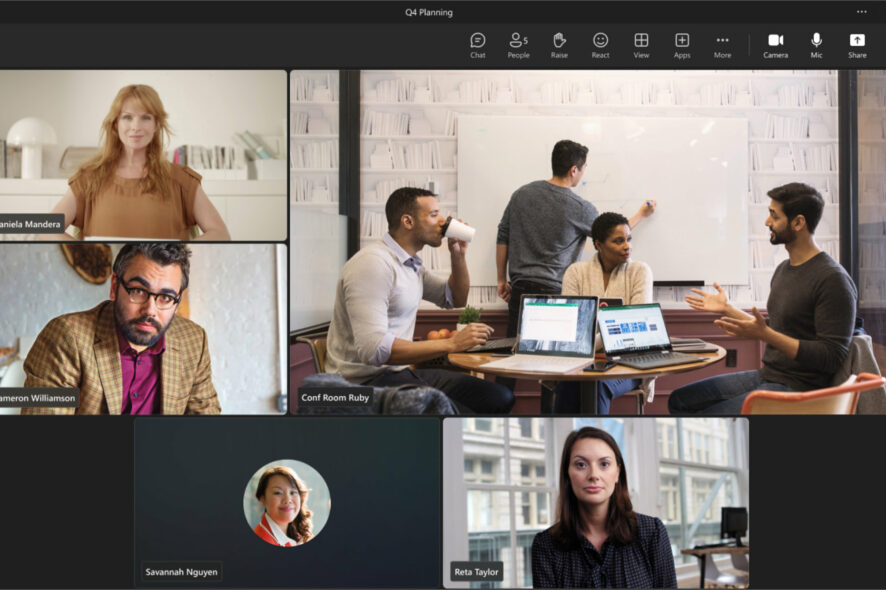
Microsoft recently updated the Gallery feature set for its enterprise chat app Team with some new artificially intelligent-led tweaks.
Customizable Meeting Views
The January update for Microsoft Teams online brings a new default Gallery experience where it places attendees in equal (16:9) tiles independent of their video feed being on or off. For participants there will still be a circle with their initials or profile pic present, but their presence is in equal framing as every other meeting attendee.
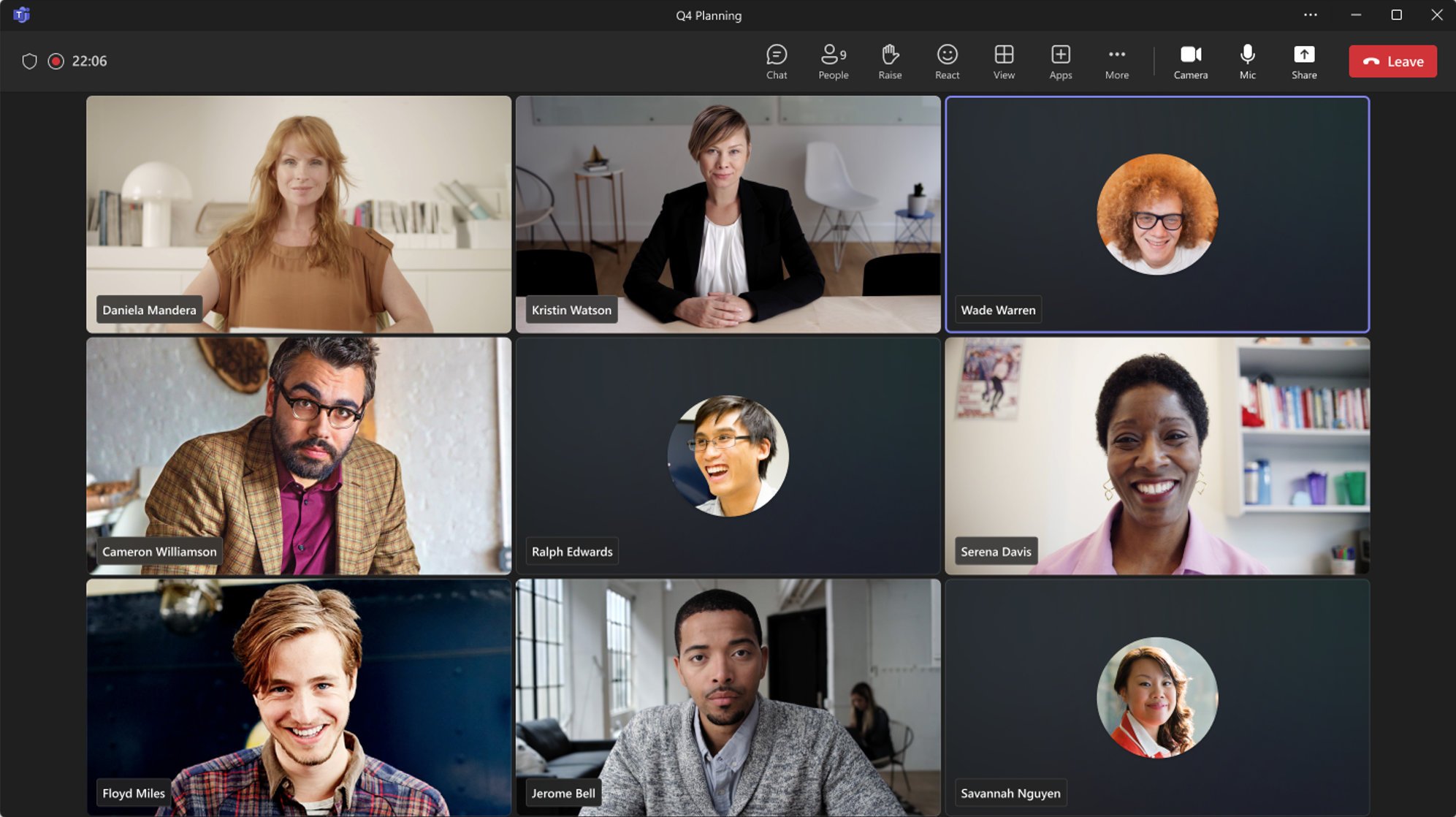
Microsoft also promises that the new default Gallery view will be “more consistent and predictable for all meetings, regardless of size and content shape.”
According to Microsoft, AI will be used to optimize the Gallery view for all default configurations, for instance, enhancing the view and prioritizing virtual participants with raised hands and active speakers.
Another subtle effect that has been added is a room expansion when a Teams Room joins the meeting.
The same manual configuration controls still exist, and users can tweak their view to their preferences by using the More Options menu prompted by a hover-over when in a meeting.
Other manual tweaks include shifting the number of viewable attendees which currently rest at sixteen in the default view. Users can choose between 4, 9, 16, and in rarer cases, forty-nine participants to be viewable on a single screen.
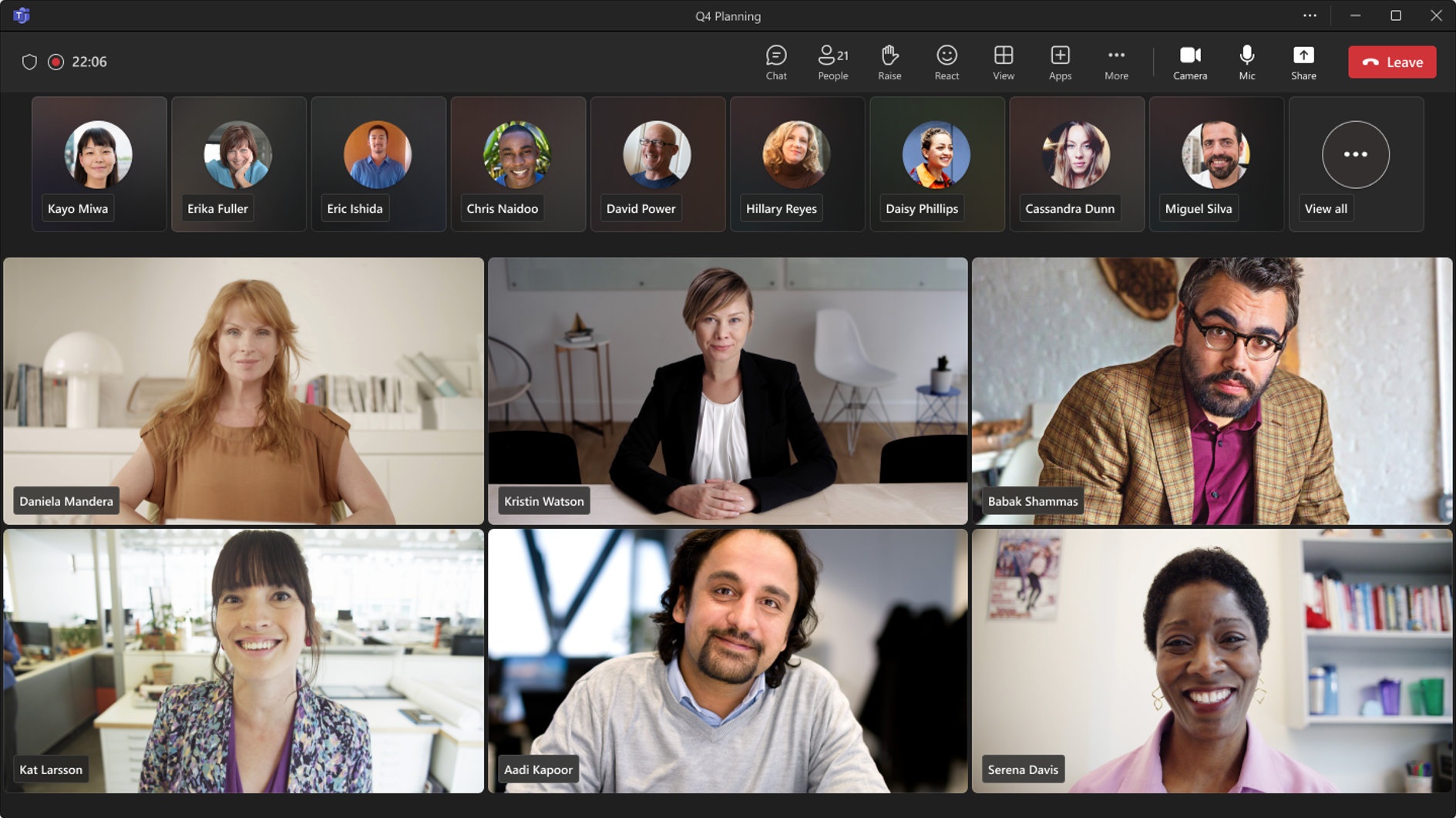
Users can now remove their own distracting virtual meeting tile as it remains in place for all other attendees so that participants can see customers while the reflecting tile is hidden from the stream.
Microsoft Teams customers can also rearrange their profile tile by removing it from the main gallery or shift it to either side of the main gallery for a more moderate computing experience.
Users can also show a bit of favoritism for those who are willing to cast their video feed with a new customization method that includes prioritizing tiles with video on in the updated Gallery view.
In addition to Gallery view adjustments, there are new color scheme options for the Teams interface that include a new Light Theme enabling a brighter viewing experience.
Simplified Meetings
Lastly, there have been some improvements made to the calendar and meeting joining experience that help to streamline the process such as including more meta data for participants presented in a new card invite with clearly marked content that include bolder text to highlight contextual data.
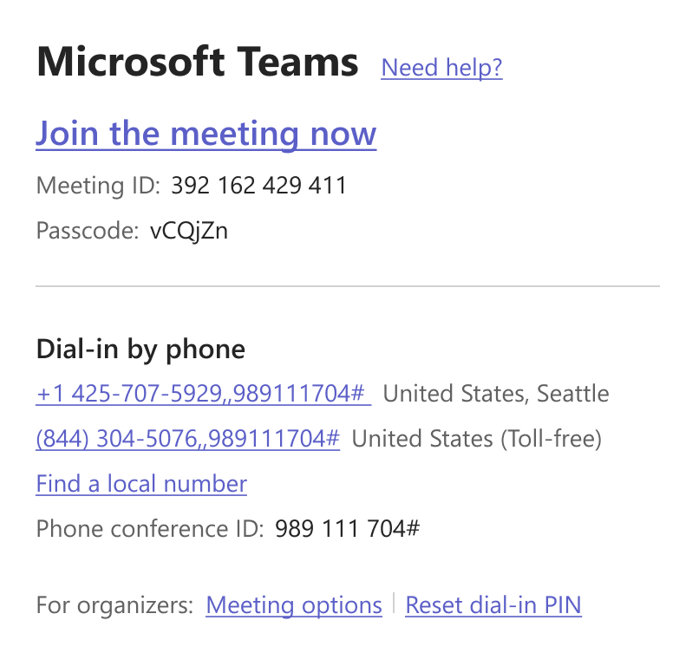
Microsoft has also shortened the invite links, which is cleaner than the previous one. Unfortunately, the shortened link update won’t be available until the second half of 2024.
Microsoft Teams for Work and Personal are getting a bit more interoperable with a tweak to the invite and join process between the two.
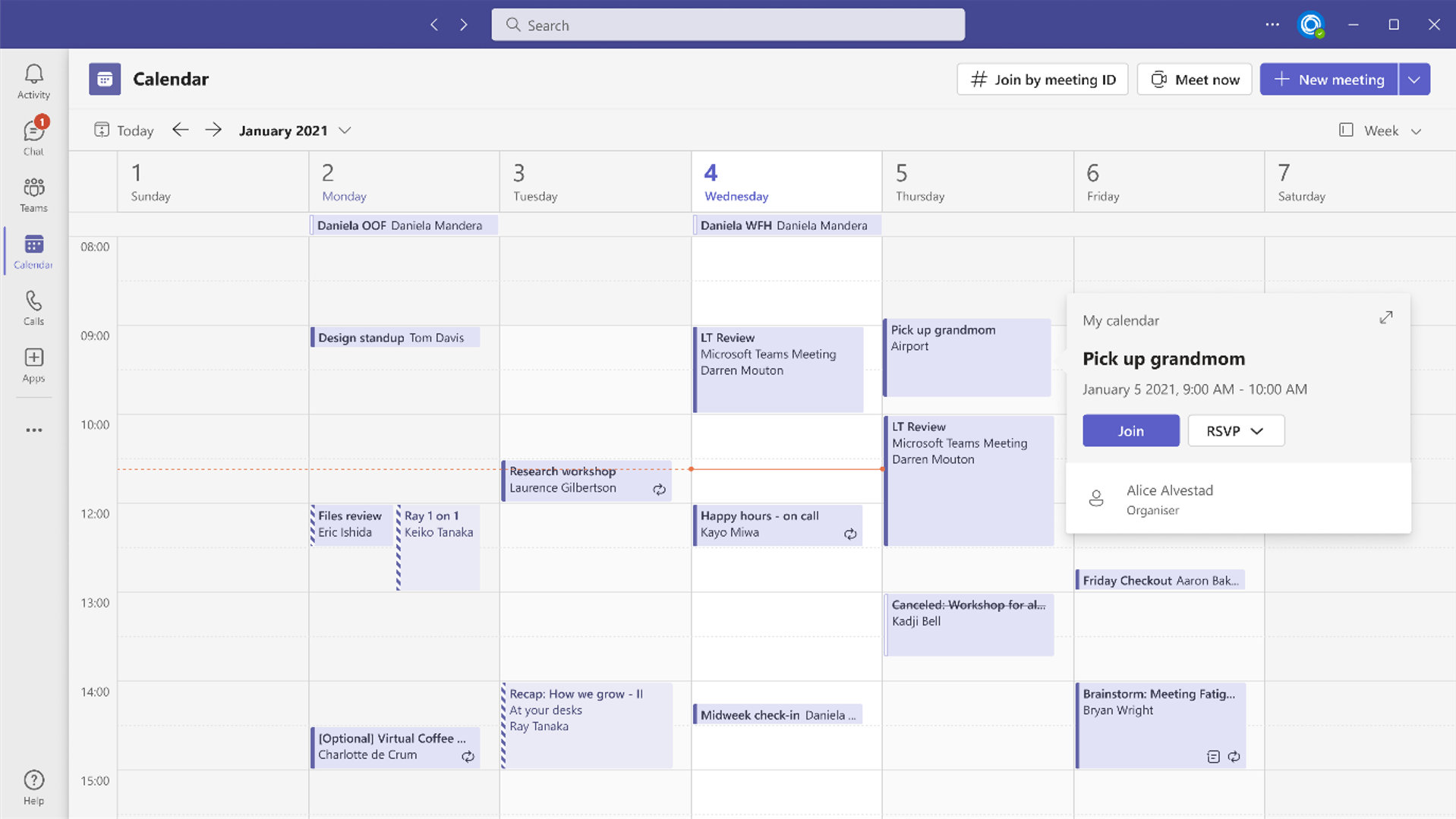
We’re also simplifying the experience of joining meetings across your different Microsoft accounts, with the ability to seamlessly join Teams (free) meetings from Teams for work and vice versa. This enables Microsoft Teams (free) users, those using a personal Microsoft Account, to directly join Teams for work meetings from within the client and stay connected even after the meeting has ended. This capability similarly enables Microsoft Teams (work or school) users to join the Microsoft Teams (free) meetings directly from within the client. With this simplified experience, you are no longer prompted to join via a browser and treated as a meeting guest (anonymous). This capability will be available in February.
Microsoft
Better Audio and Video controls
Users will also be greeted with a new audio and video settings experience that involves flyout menus to stream inline adjustments. Going forward when users venture to adjust their camera or mic settings a new flyout will appear during meetings that allows them to change their volume, spatial audio, and level of noise suppression.
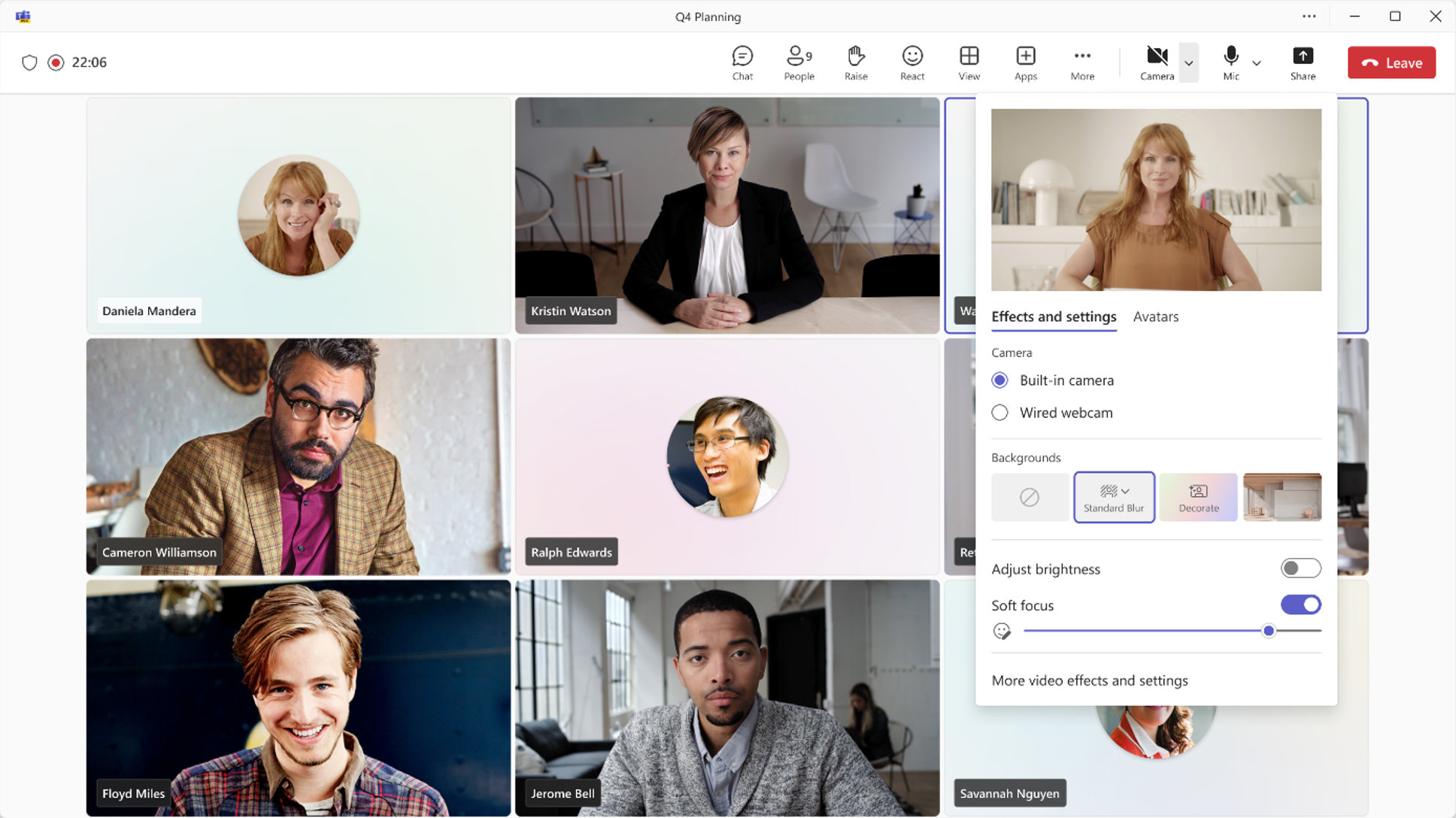
Users can also adjust their backgrounds, blur, soft focus, and brightness in real-time during the meetings through the new audio and video flyout menu, as well as accessing Teams avatars for those instances they don’t want to be on screen at all.
Microsoft also made an adjustment to its Together Mode by moving participants to the bottom of the screen when in presentation or content sharing modes.
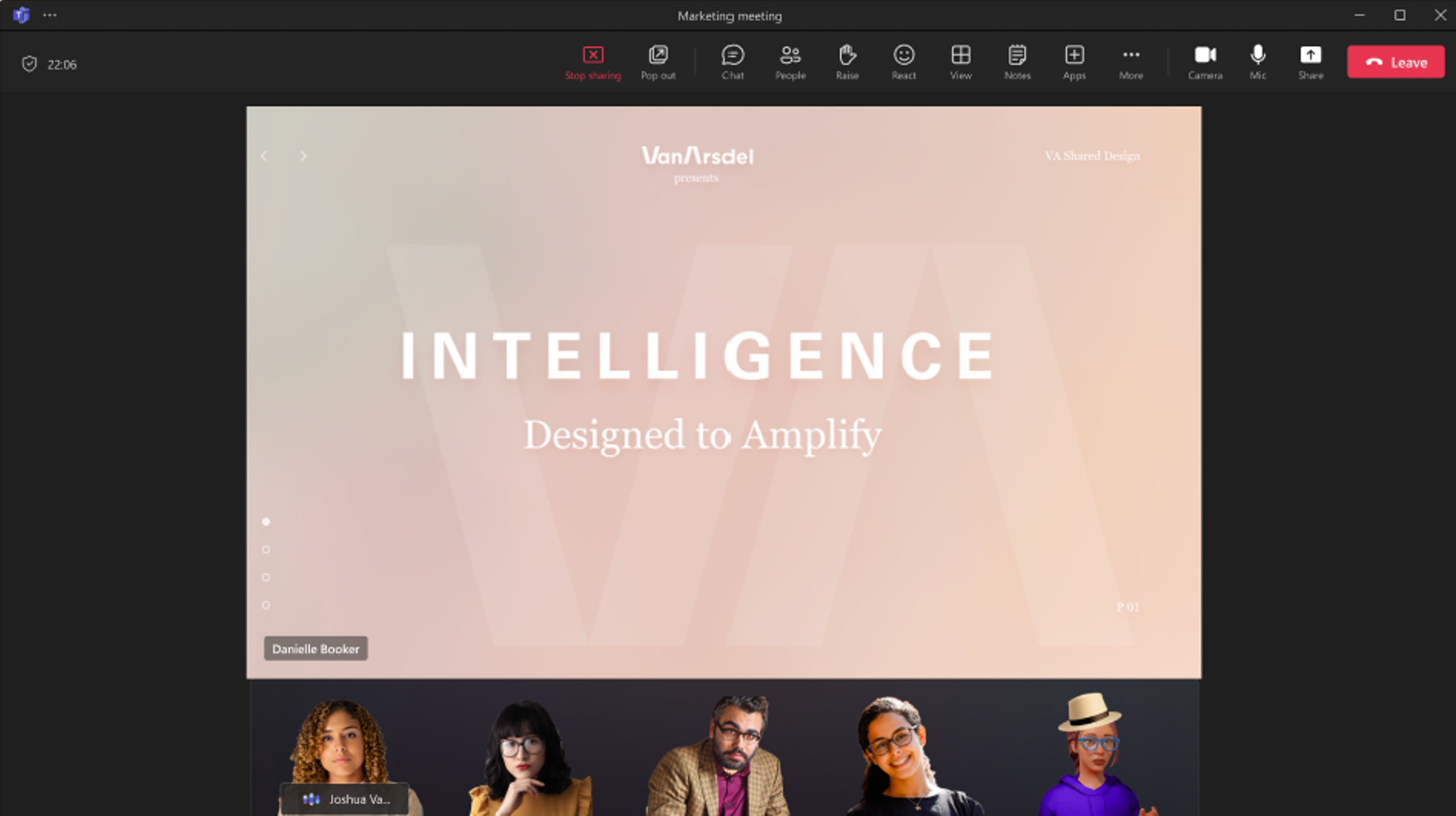
Most of the new Microsoft Teams features were made generally available yesterday January 22, 2024.








